Seoamjeongsa Temple – 서암정사 (Hamyang, Gyeongsangnam-do)
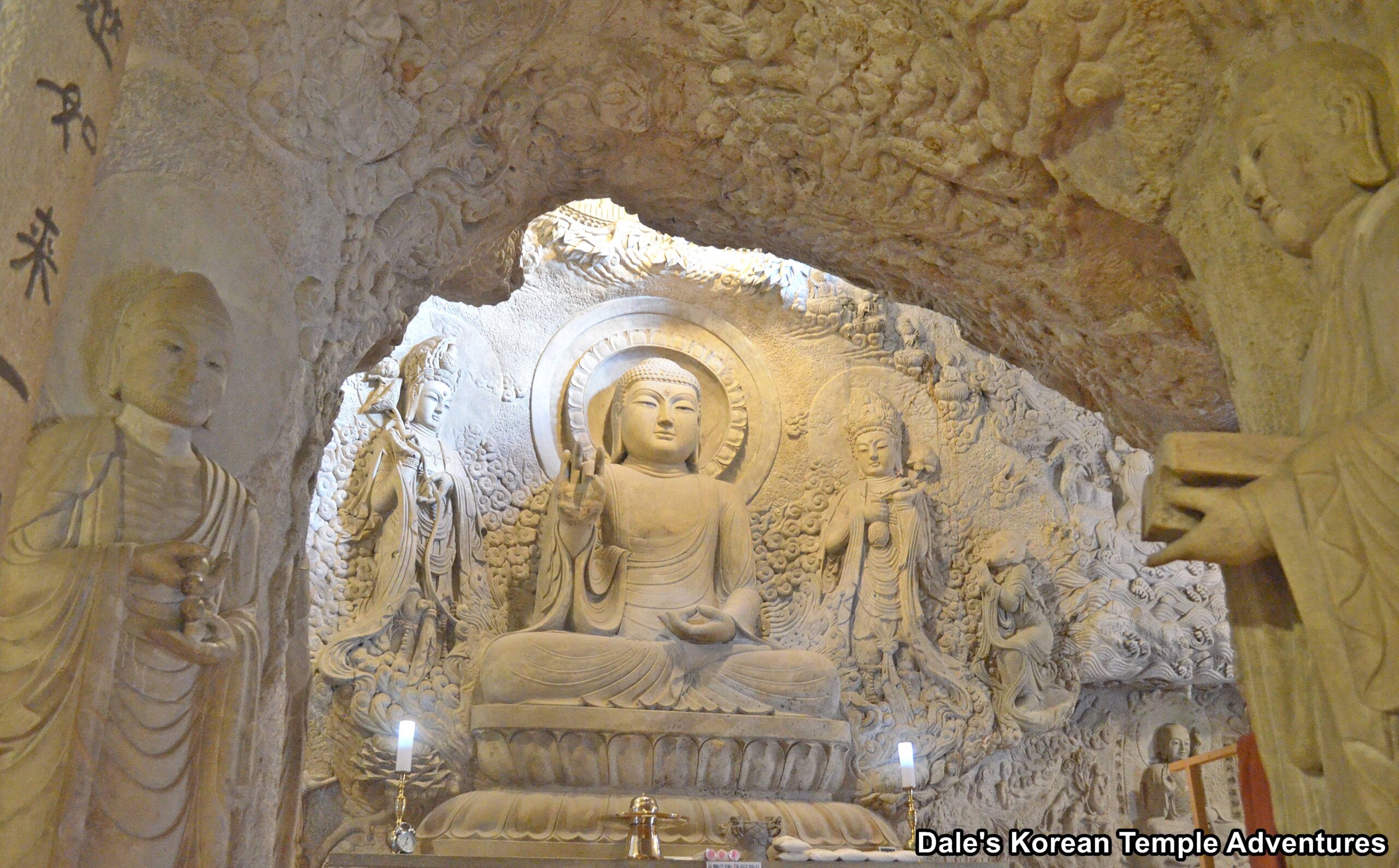
Temple History
Seoamjeongsa Temple is located in Hamyang, Gyeongsangnam-do in the northern part of Jirisan National Park. Seoamjeongsa Temple was built over a thirty year period starting in 1989. The temple is most famous for the cave Geukrak-jeon Hall. The cave was built by the monk Woneung to appease the spirits of those that were killed during the Korean War (1950-1953). Purportedly, this part of Mt. Jirisan (1,915 m) has a horrible history of death and misery related to the Korean War. When the monk Woneung was travelling around this part of the mountain, he heard the cries of numerous dead spirits that had lost their lives during the Korean War. He started to pray here for them, where the present Seoamjeongsa Temple is located. It took about ten years to build the Geukrak-jeon Hall of Seokgul-beopdang from 1989. And the cave Geukrak-jeon Hall is meant to symbolize Jeongto – 정토, which is known as “The Western Paradise” in English.
Temple Layout
You initially make your way up to the temple grounds up a five hundred metre long stretch of gravel road that winds its way to the right. Eventually, you’ll come to a fork in the road, where you can either turn right or left. You’ll need to turn to your right and head up the traditional entry to Seoamjeongsa Temple. The first things to greet you at the entry are stone reliefs of the Sacheonwang (The Four Heavenly Kings), which are typically housed inside the Cheonwangmun Gate at the temple. But at Seoamjeongsa Temple, they are beautifully displayed on the face of the neighbouring mountain reminiscent of the reliefs at Seokbulsa Temple in Buk-gu, Busan. At the fourth, and final, amazing relief of the Sacheonwang, you’ll find a crowning five-story pagoda on the neighbouring mountain top.
To the left of the Sacheonwang, but before you pass through the rock enclosure that acts as the temple’s entry gate, you’ll find a stone relief of a dongja (attendant). Sometimes this dongja holds a candle and sometimes it holds a paper lotus lantern.
Having passed through the entry gate at Seoamjeongsa Temple, you’ll enter into the lower courtyard. Straight ahead of you is the newly constructed Daeung-jeon Hall. When I first visited this temple in 2012, they hadn’t yet completed it; but when I re-visited Seoamjeongsa Temple in 2019, it was completed. The exterior walls to the Daeung-jeon Hall are atypically adorned with dancheong colours. These dancheong colours on the Daeung-jeon Hall at Seoamjeongsa Temple are more muted, and the murals that adorn the exterior walls are a beautiful collection of Palsang-do (The Eight Scenes from the Buddha’s Life Murals).
Stepping inside the Daeung-jeon Hall, you’ll find a large, solitary statue dedicated to Seokgamoni-bul (The Historical Buddha) on the main altar. To the right of the main altar is a Sermon on Vulture Peak Painting, or “Yeongsan Hoesang-do – 영산 회상도.” To the left of the main altar is a mural dedicated to Jijang-bosal (The Bodhisattva of the Afterlife). One more mural housed inside the Daeung-jeon Hall is the temple’s Shinjung Taenghwa (Guardian Mural).
Back near the entry of the temple courtyard, you’ll find a stunning stone relief dedicated to Amita-bul (The Buddha of the Western Paradise). To the left is Gwanseeum-bosal (The Bodhisattva of Compassion) and to the right is Jijang-bosal (The Bodhisattva of the Afterlife). To the immediate left of the Daeung-jeon Hall is a gorgeous little pond that has colourful Koi fish swimming around in it. Standing in the centre of the pond, with a fountain next to it, is a statue dedicated to Gwanseeum-bosal. This statue is joined by a dongja to the left) on a central island rock.
The main highlight to Seoamjeongsa Temple, as was previously mentioned, is the cave Geukrak-jeon Hall that’s situated on a terrace above the Koi pond. When you look around the interior of the cave Geukrak-jeon Hall at Seoamjeongsa Temple, you’ll first notice that every square inch is covered in stone reliefs. Upon closer inspection, you’ll notice the main altar is occupied by a two metre tall seated relief of Amita-bul. This relief is joined on either side by standing reliefs of Gwanseeum-bosal and Daesaeji-bosal (The Bodhisattva of Wisdom and Strength for Amita-bul). There are swirls of heavenly clouds at the base of these three reliefs. To the left is an equally large altar with a relief of Jijang-bosal (The Bodhisattva of the Afterlife). This relief sits upon a stone lotus pedestal, and Jijang-bosal is joined by Mudokgui-wang (The King of Ghosts Who Purifies People’s Minds) and Master Daoming on either side. Filling out the rest of the interior is a masterful Shinjung Taenghwa (Guardian Mural), Bicheon (Flying Heavenly Deities) playing musical instruments in praise of the Buddhas and Bodhisattvas, Nahan (The Historical Disciples of the Buddha), and Agwi (Hungry Spirits), all under a rich canopy of heavenly flowers. Again, it’s extremely impressive!
Up a final set of stairs that lead you towards the upper courtyard at Seoamjeongsa Temple are a multitude of stone reliefs. To your immediate left, even before you enter the upper courtyard, is a shrine dedicated to Yongwang (The Dragon King). Finally, and to your right, you’ll enter the upper courtyard. Here, you’ll be greeted by two more shaman deities. Slightly to your left, and up a small set of stairs, you’ll be greeted by a stone relief of Dokseong (The Lonely Saint). And to this relief’s right is another shaman stone relief. This relief is dedicated to Sanshin (The Mountain Spirit). To the right of these amazing reliefs is a shrine dedicated to Birojana-bul (The Buddha of Cosmic Energy). Birojana-bul sits atop three other reliefs. In the centre of these three other reliefs is a relief of a dongja that’s flanked by two Bodhisattvas. The stone artistry of all the reliefs at Seoamjeongsa Temple is simply masterful.
How To Get There
The only way to get to Seoamjeongsa Temple is by car. However, you can get to the temple by taking a bus to the Hamyang Intercity Bus Terminal and then taking a taxi to Seoamjeongsa Temple. The trip takes about forty minutes, over a twenty kilometre distance, and it’ll cost you about 15,000 won (one way).
Overall Rating: 8.5/10
Where do you even begin with a temple like Seoamjeongsa Temple? Of course there’s all the amazing stone reliefs dedicated to the Sacheonwang (The Four Heavenly Kings), the three shaman deities, and the Bodhisattva and Buddha reliefs, as well; but it’s the masterful Buddhist artistry housed inside the cave Geukrak-jeon Hall that sets the temple apart. The interior to this cave is simply spell-binding. So take your time and enjoy every single surface inside the Geukrak-jeon Hall. You won’t find anything like it in Korea. While the temple is in one of the more remote locations in Korea, it’s definitely worth the effort to find and explore.
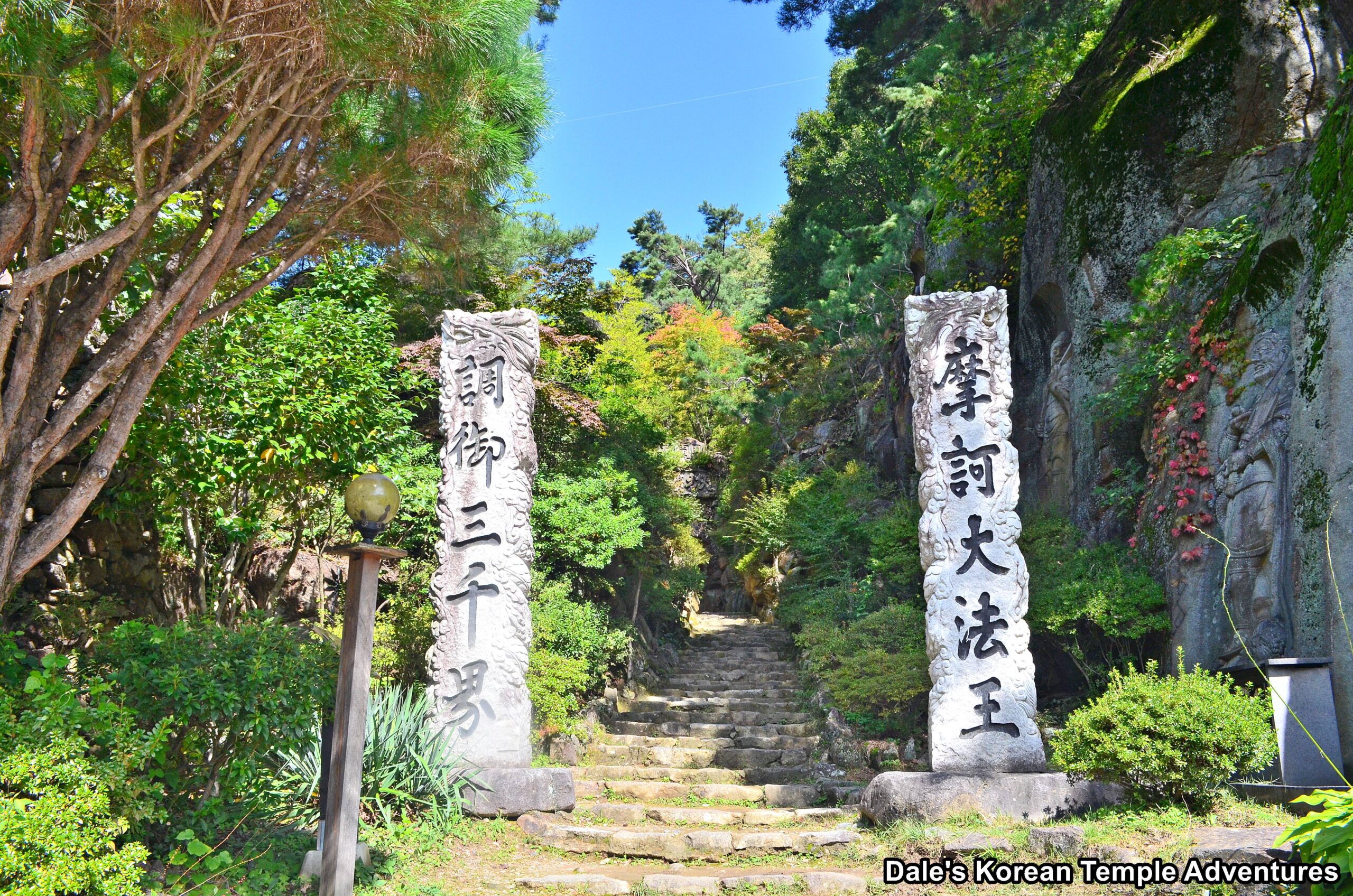
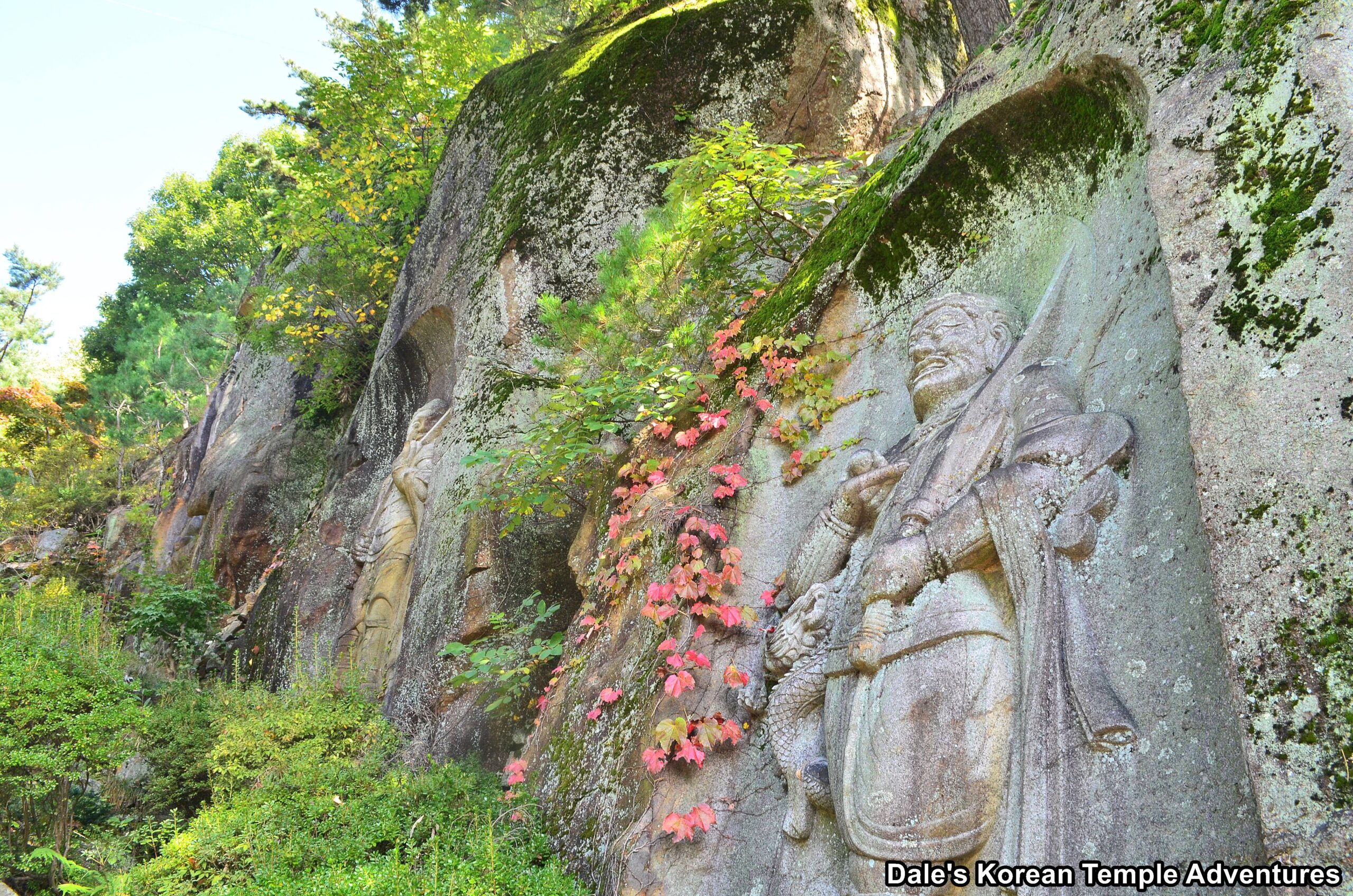
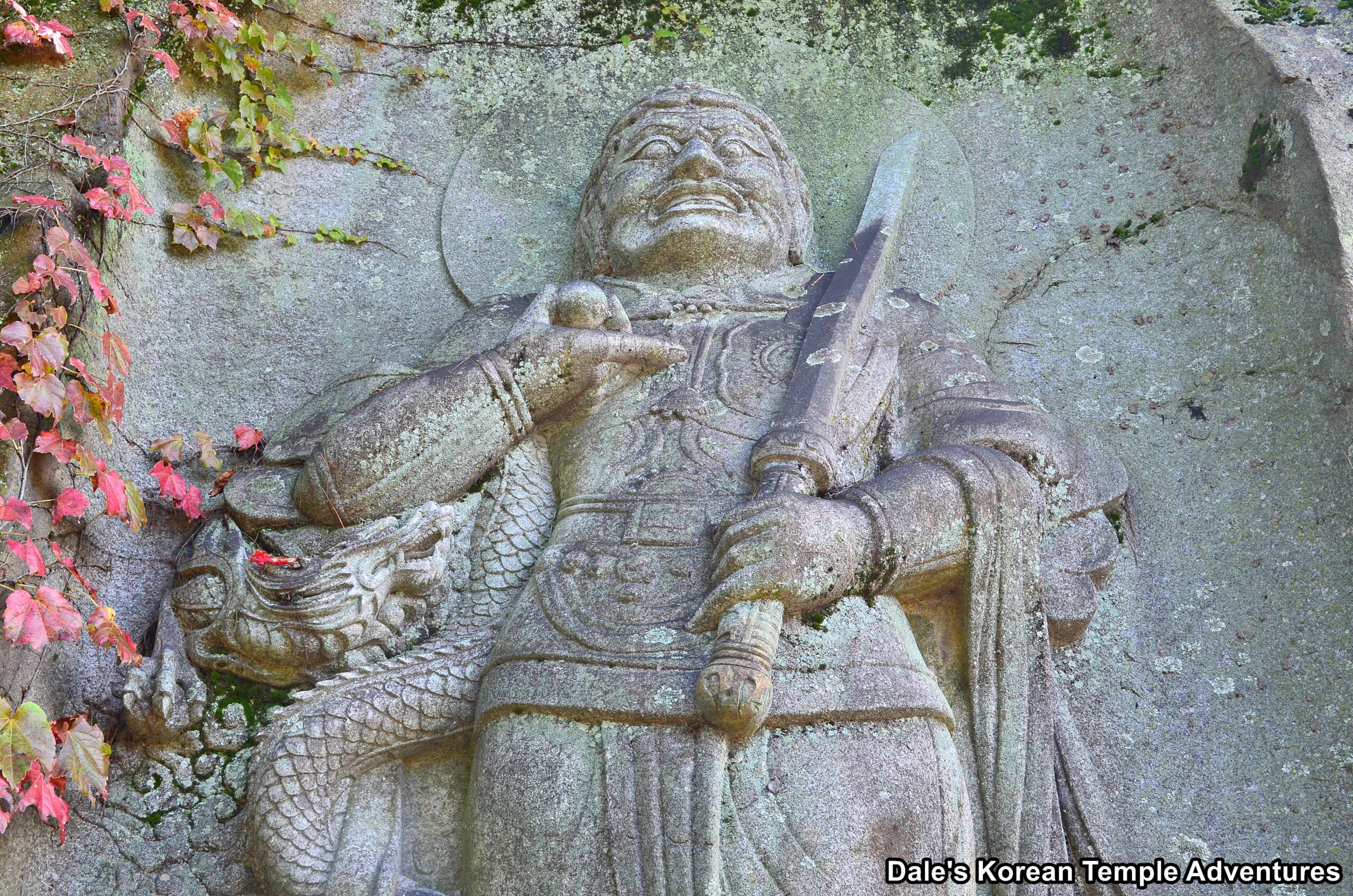
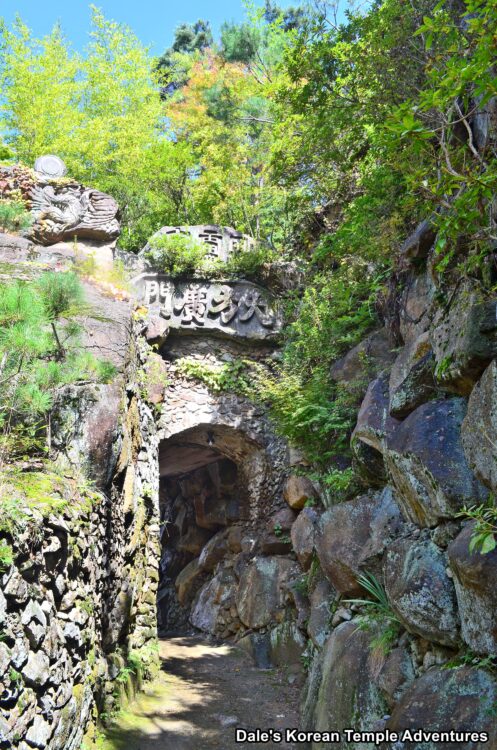
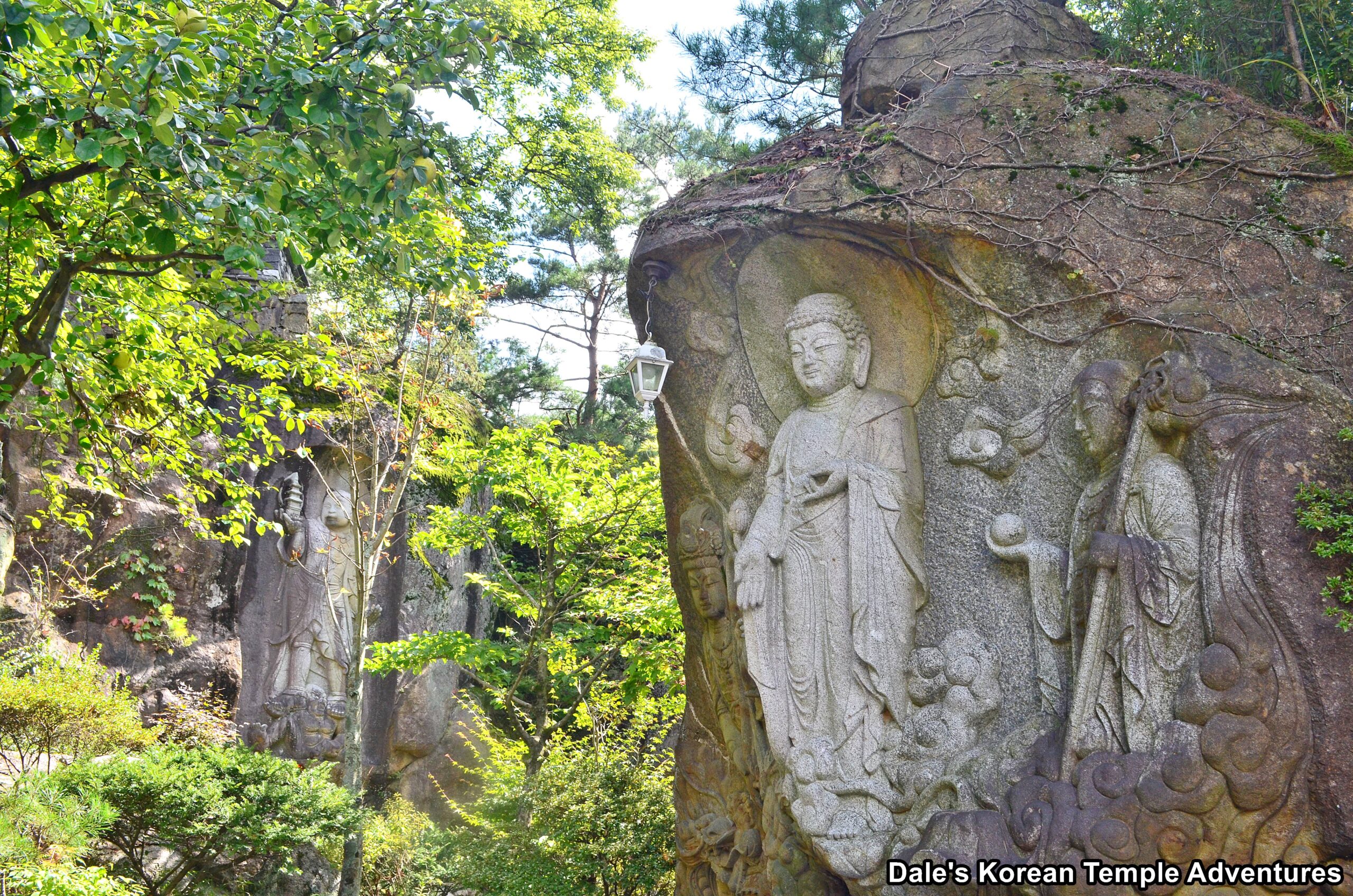
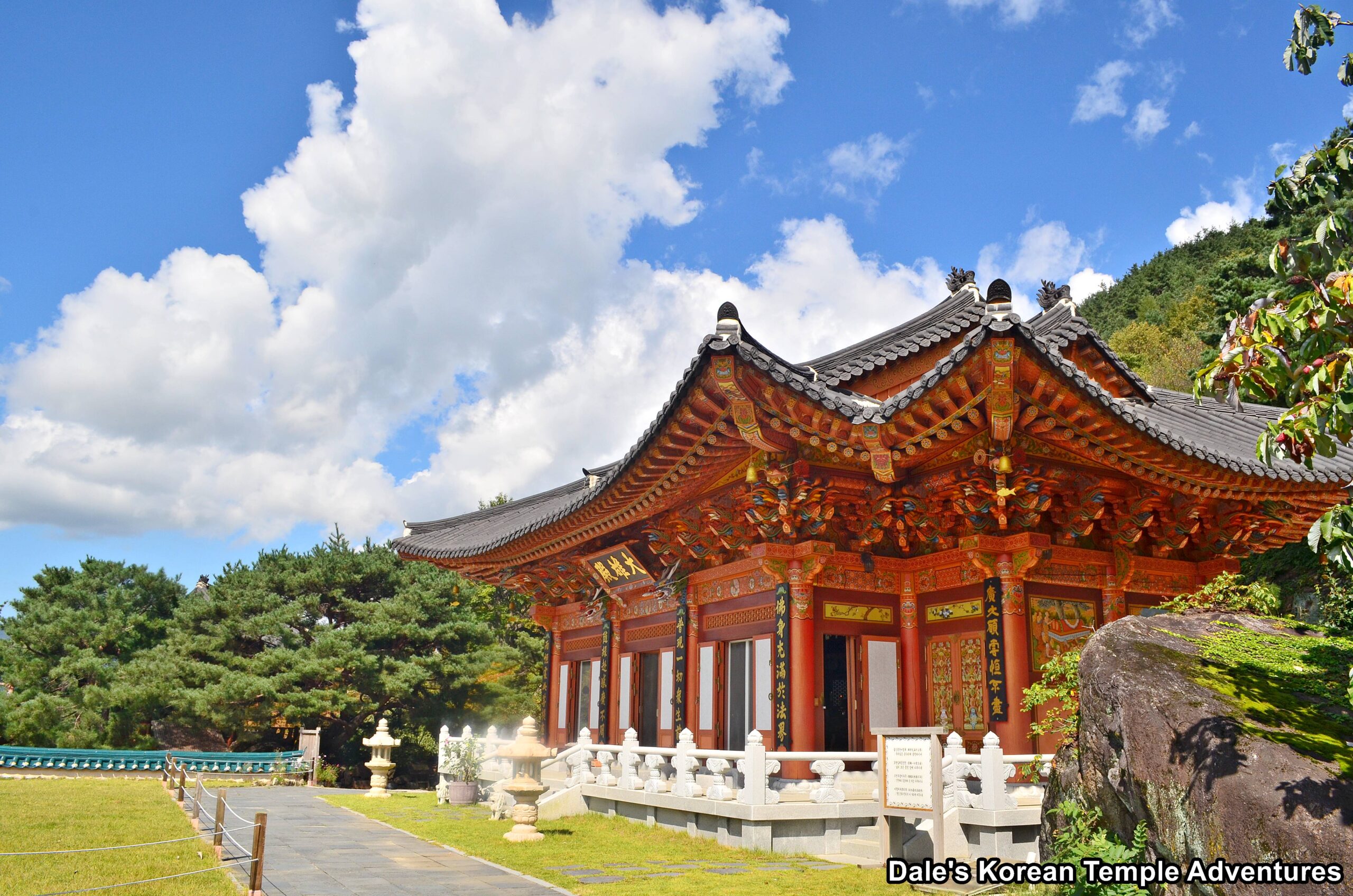
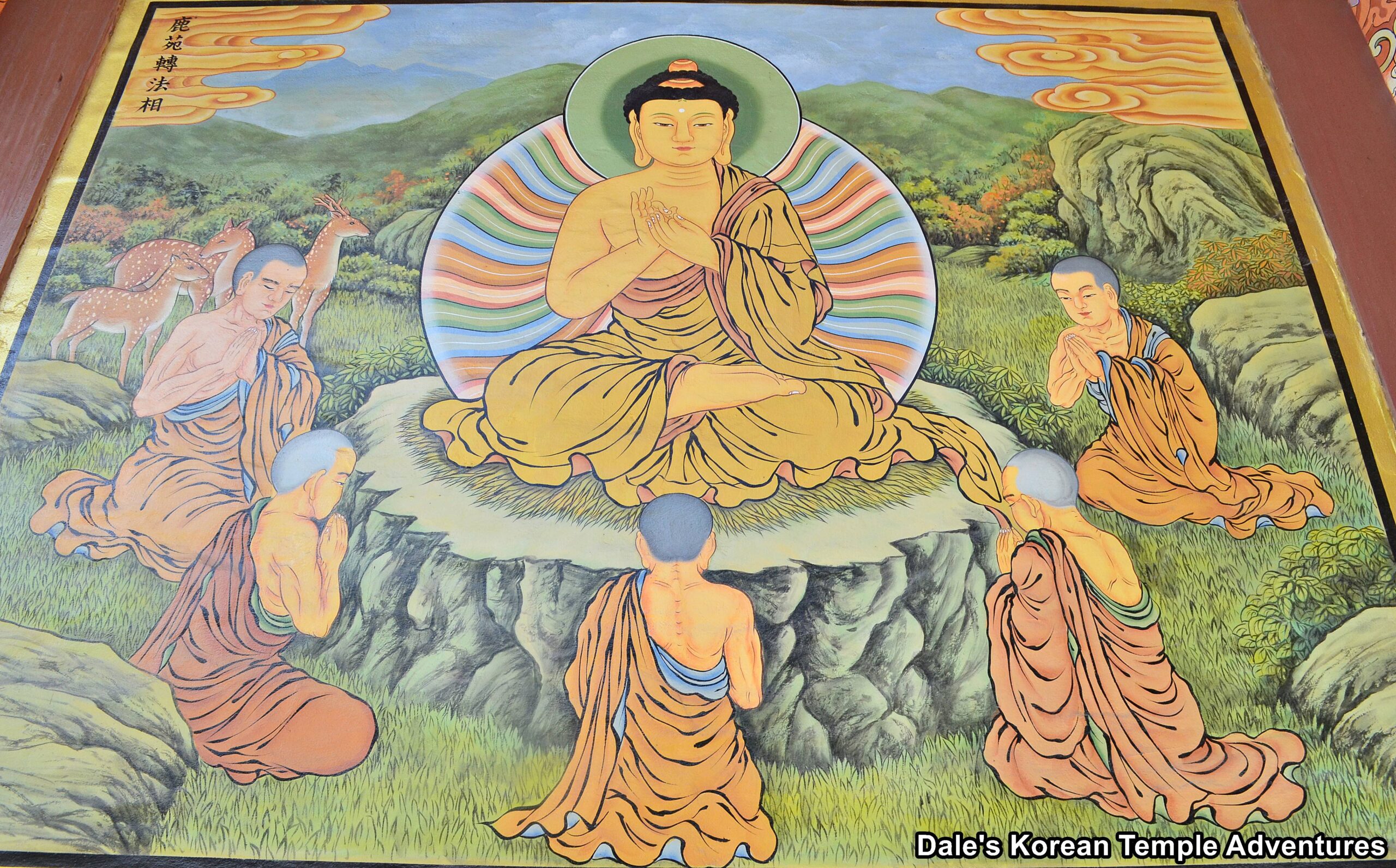
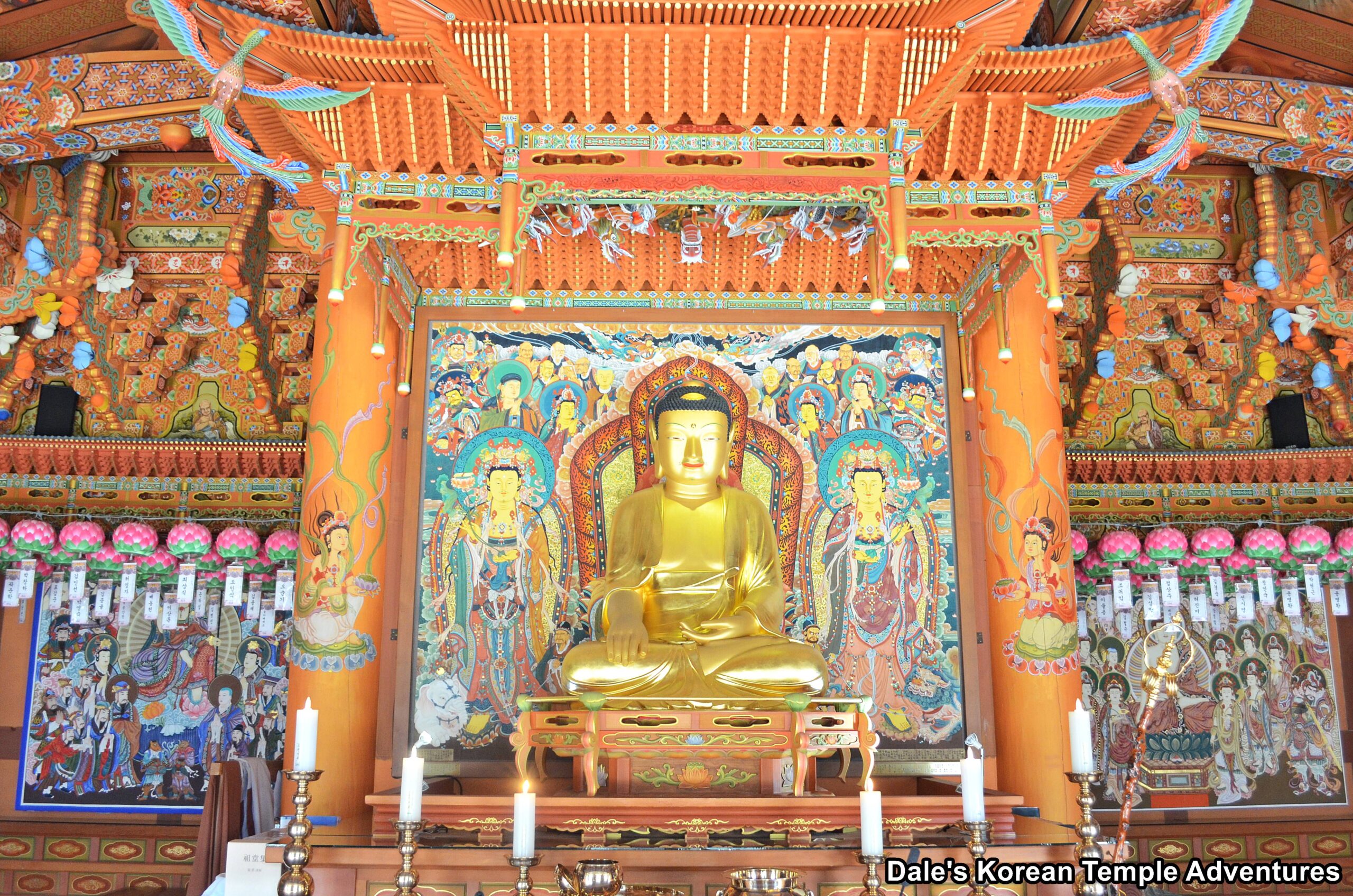
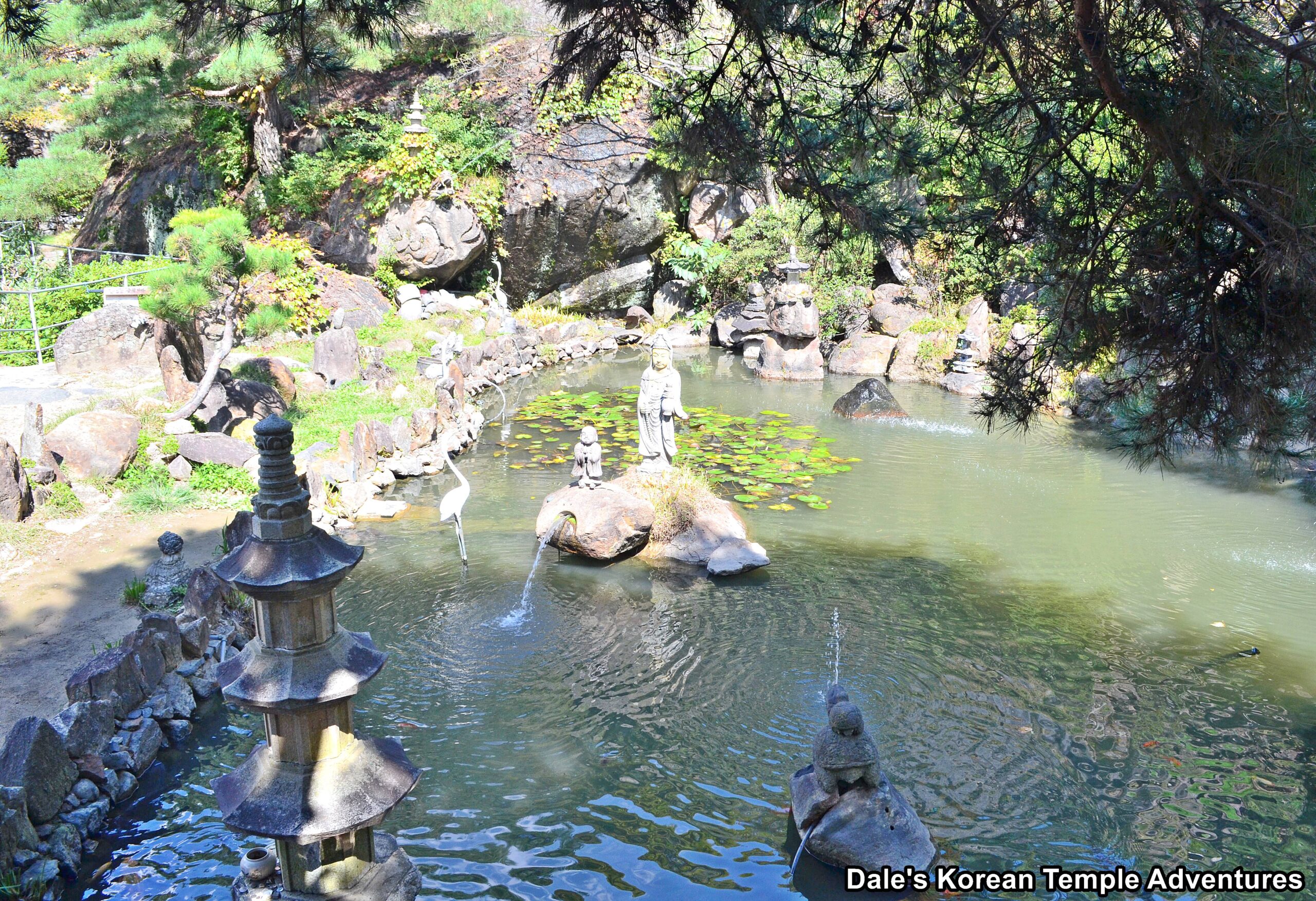
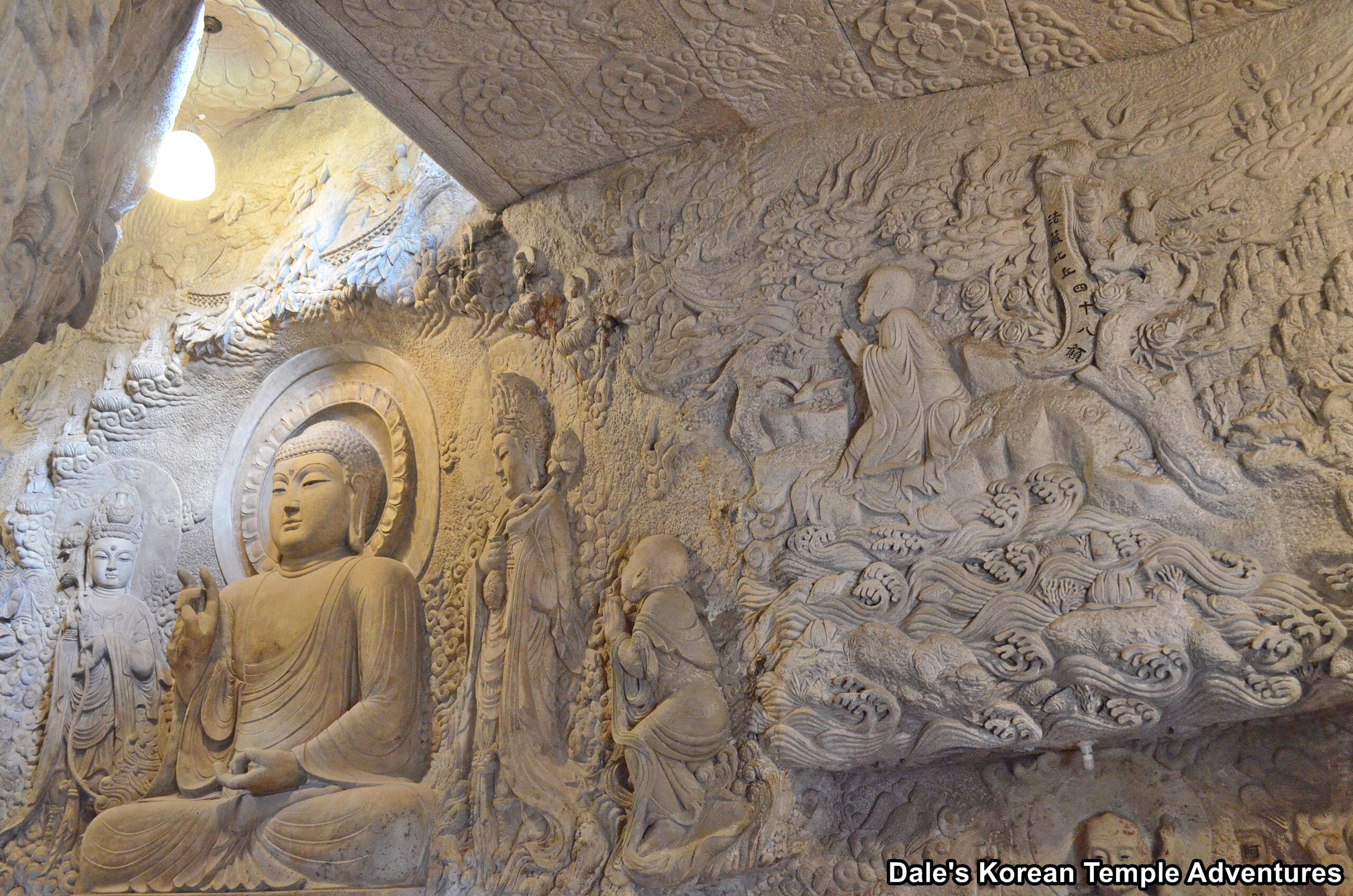
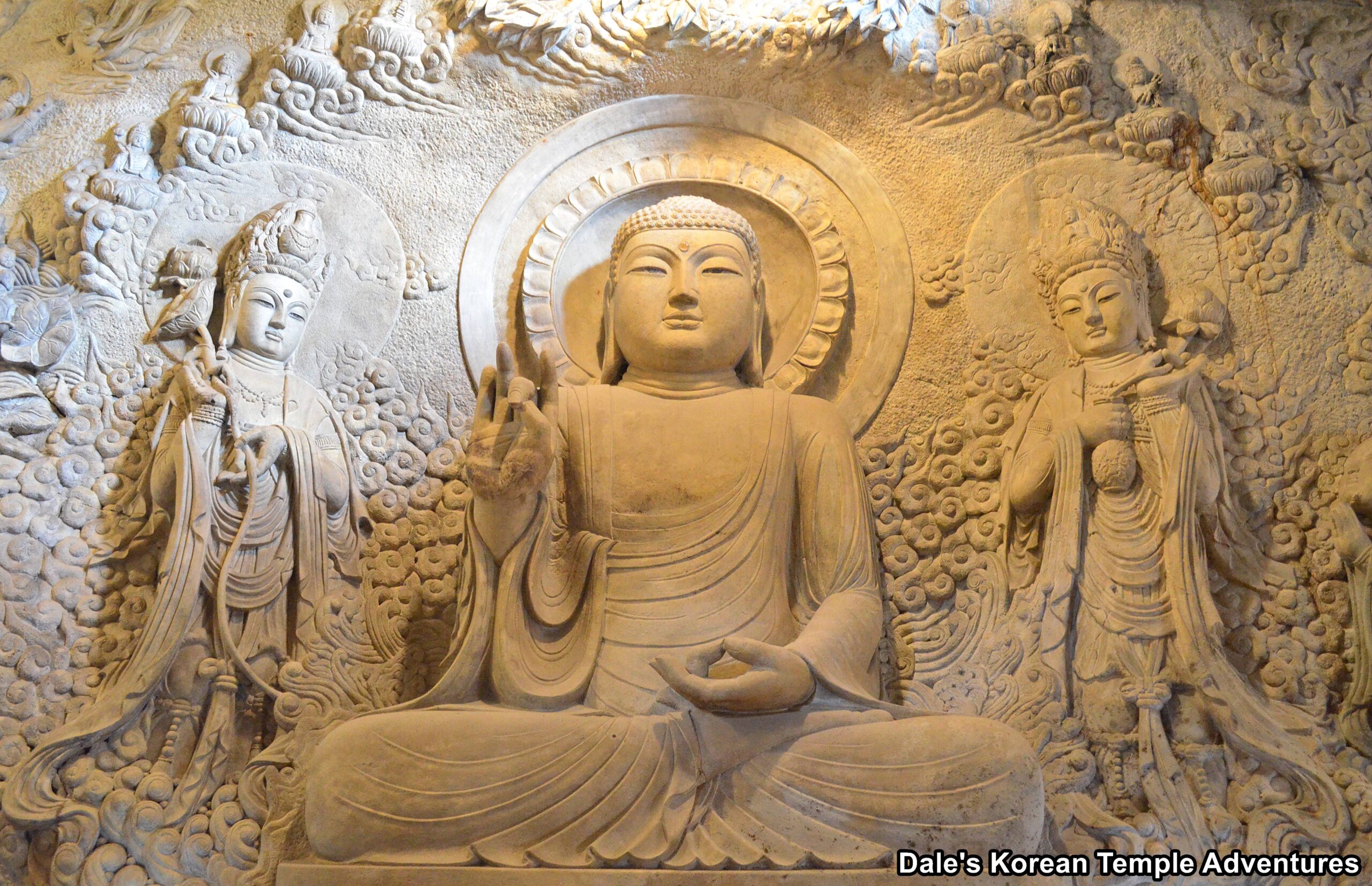
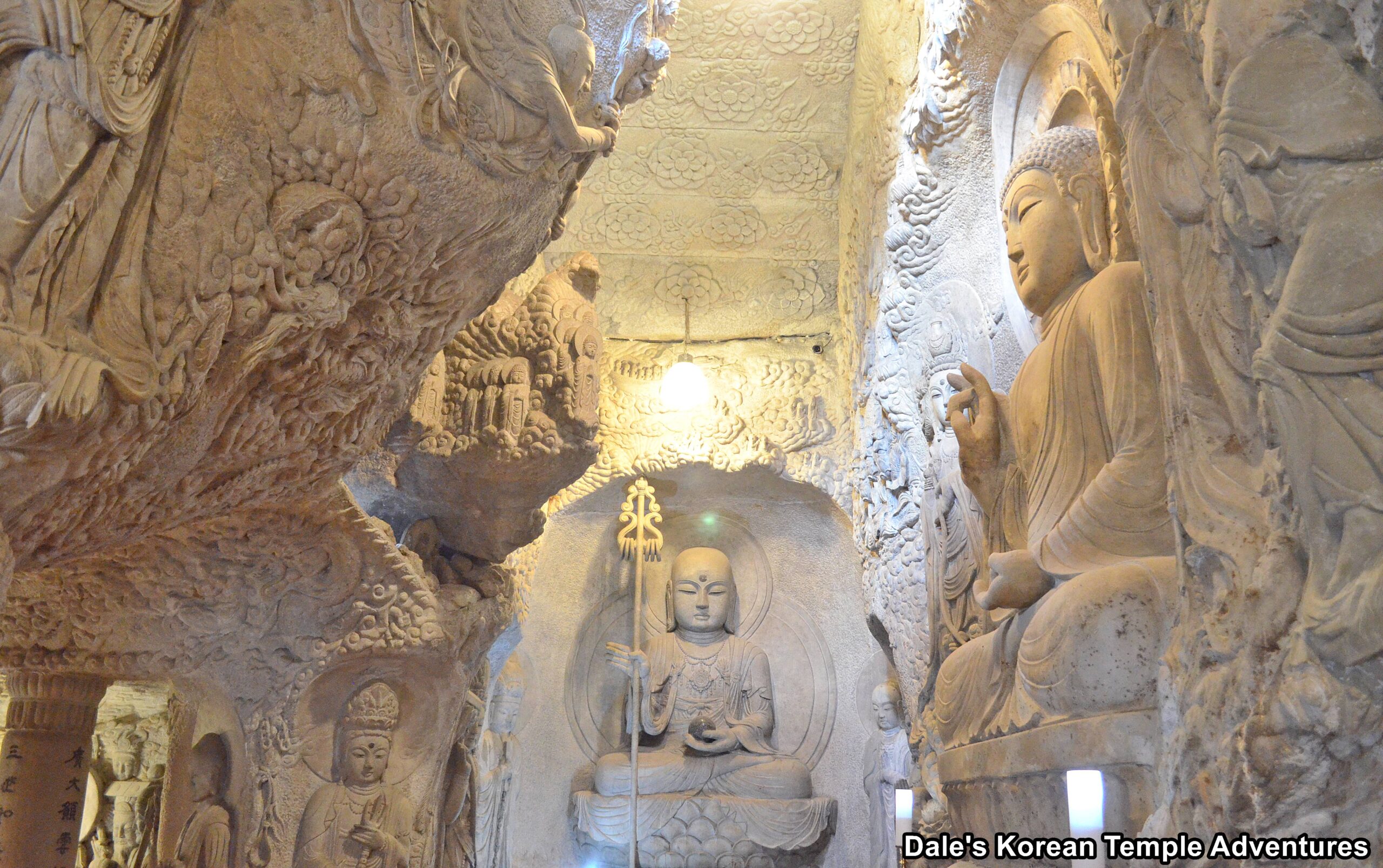
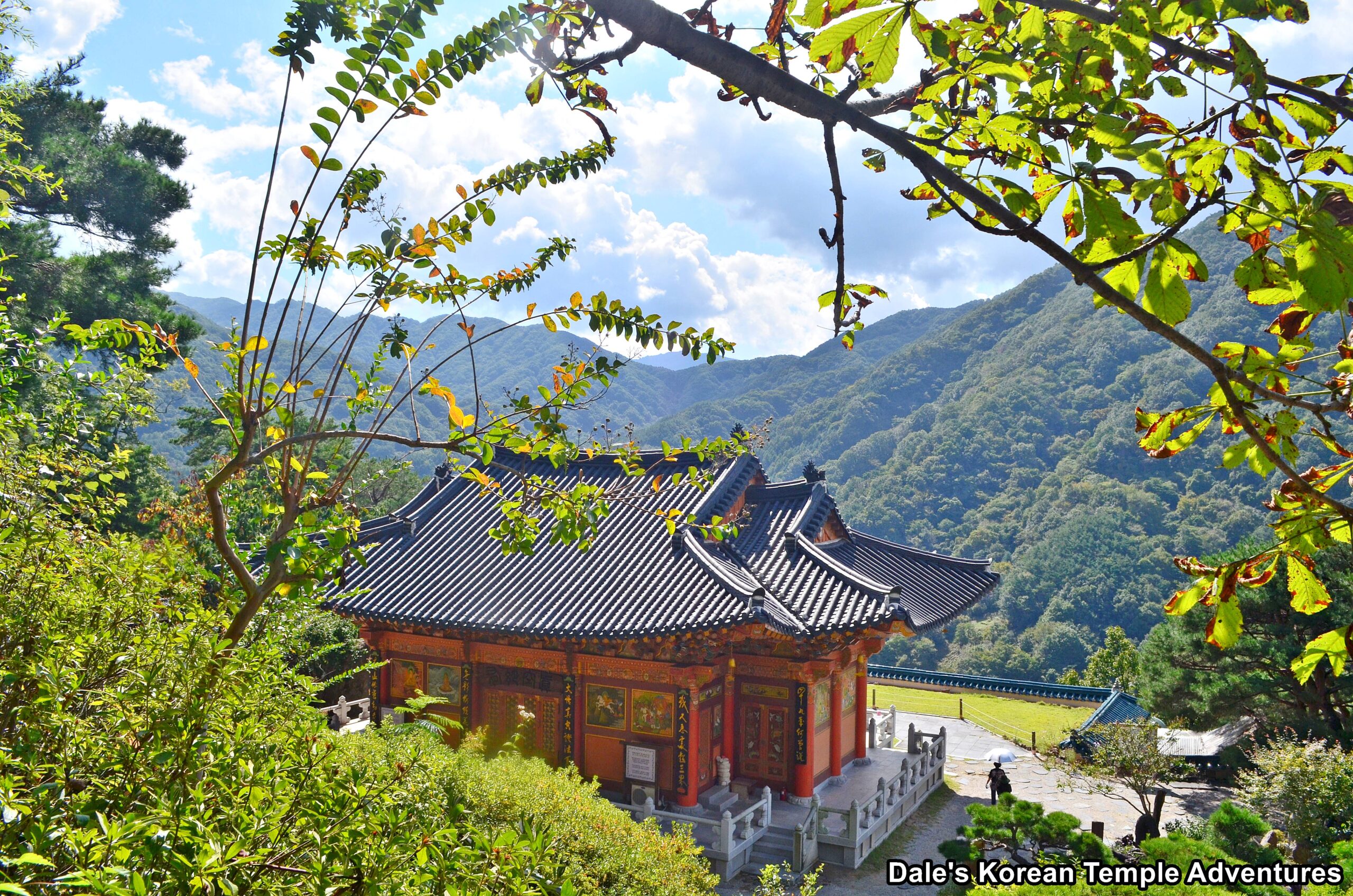
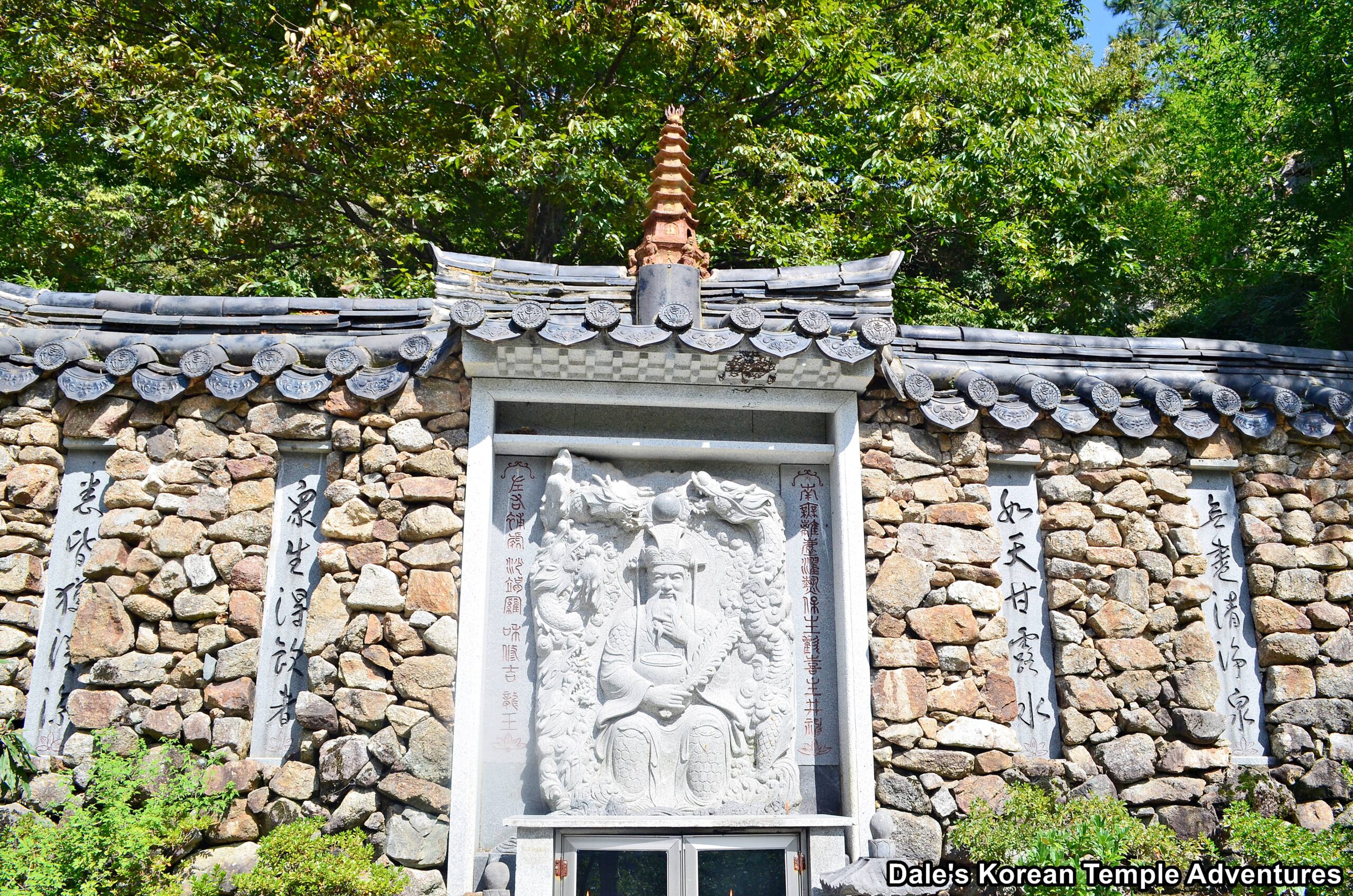
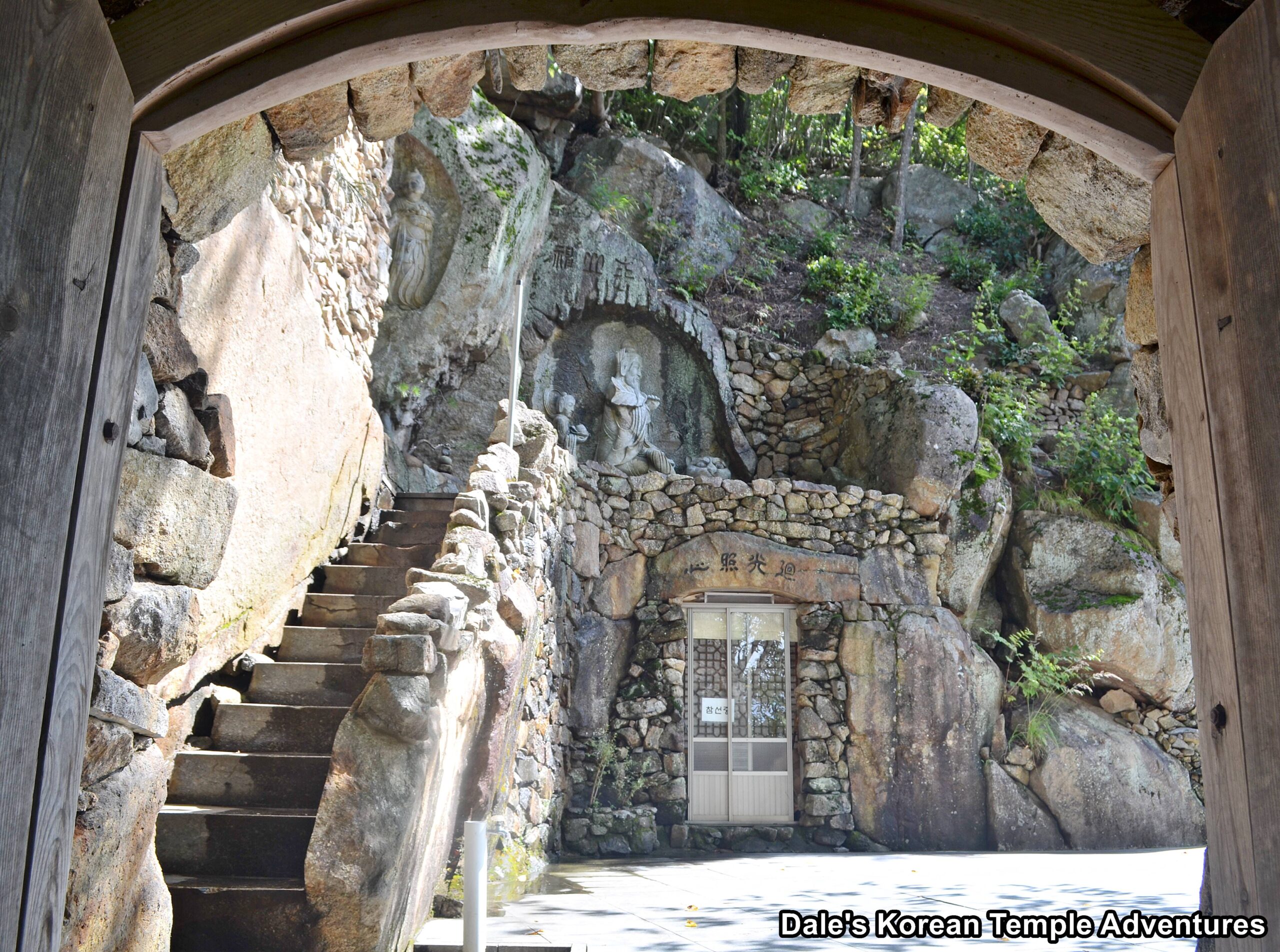
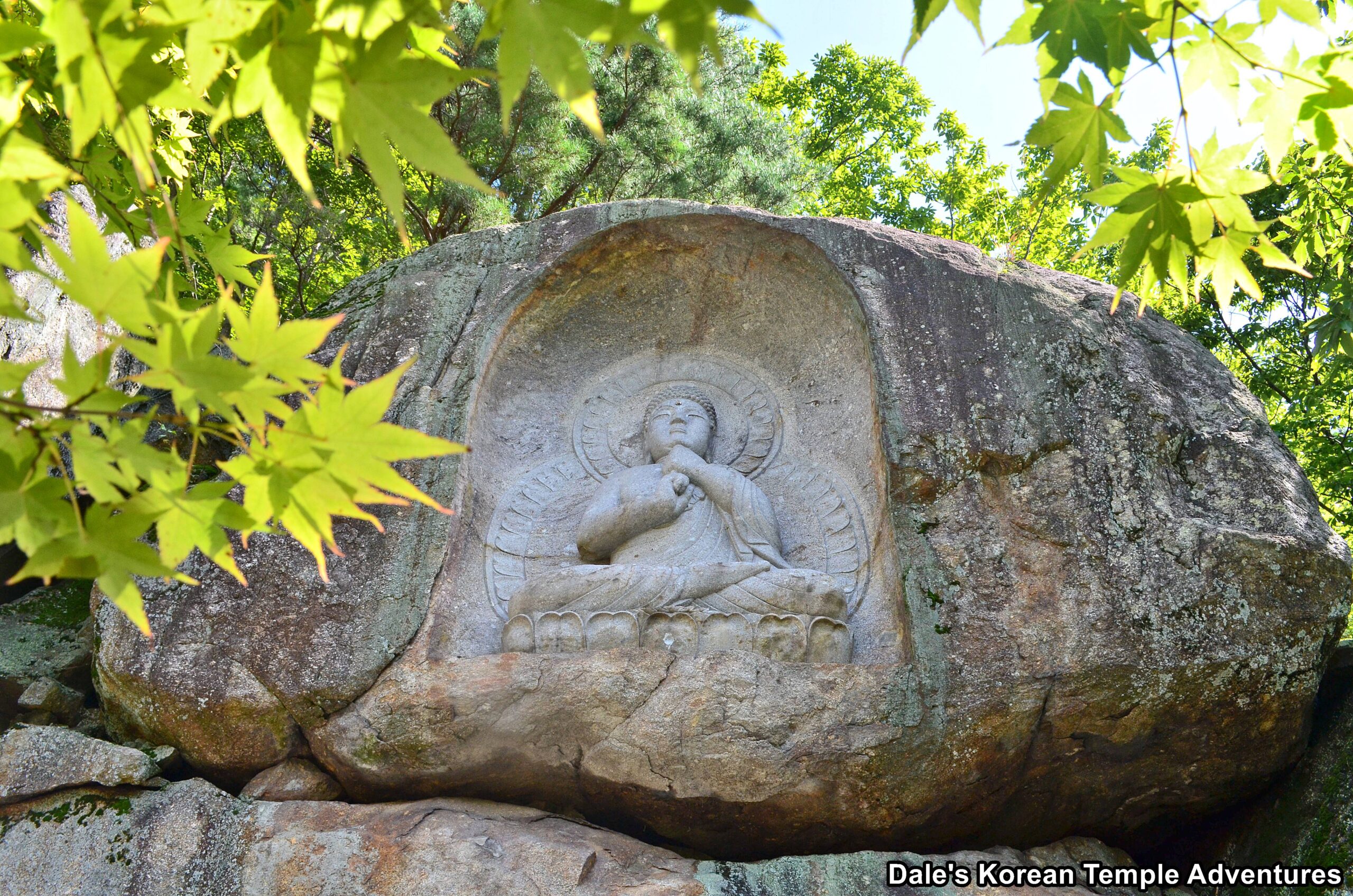
2 Comments
Heike
Great review of a lovely place.
Just to add one thing: there are public buses from Hamyang (Expres Bus Terminal) to Chuseong (추성). It is a little walk back from the final stop to the steep road leading up to the temple. The ride is long but the countryside is very scenic. Buses do not run very often, so it is also a nice 2km walk along the Durelgil down to the main road at Gumgye, where a few more buses run. There used to be a direct bus from Seoul to Chuseong for hikers, but I am not sure if it still operates.
admin
Great to know. Thanks for this!